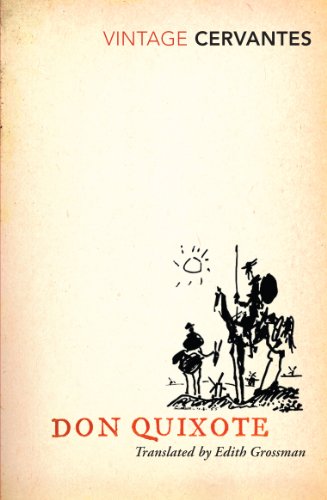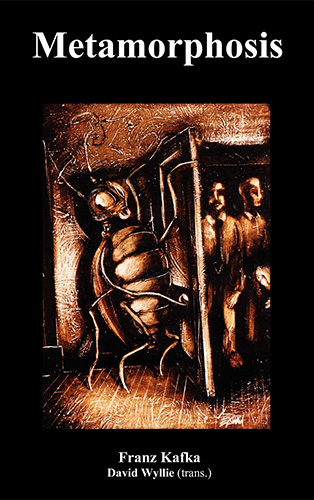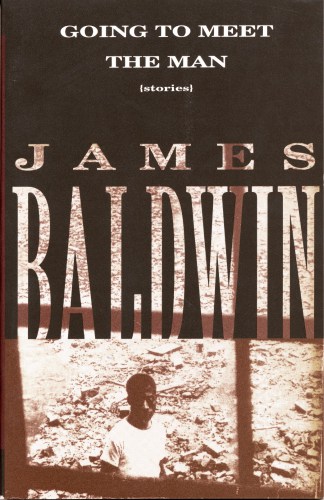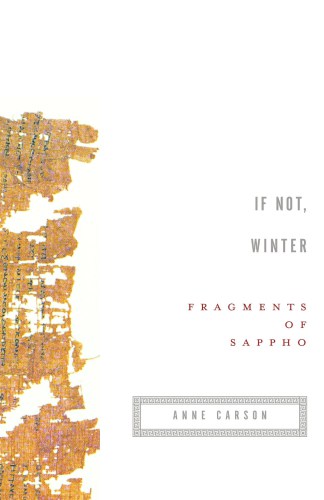Don Quixote

Don Quixote is often called the first novel. Despite the humor that suffuses the tale, it is a serious and even a tragic work. The laughter the novel provokes, and the distance combined with affection we feel for its noble yet ridiculous protagonist as he attempts to live out his ideals in a decidedly unsympathetic world, provoke examination of themes that students will feel deeply. Many of them, in coming to college, have themselves set off on a grand adventure. Like Don Quixote, they may be inspired by high ideals to advocate for causes to which they are deeply committed, only to find themselves met not with opportunities for heroism but by cynicism, bureaucracy, ridicule, and the insistent humdrum demands of everyday life.
Metamorphosis

The Metamorphosis is about human suffering and is a perfect novella to introduce students to Kafka’s work. While the story can be disorienting in the beginning, as the reader progresses, they can relate to Gregor’s situation. The story is a complex narrative with multiple layers that explores variety of human emotions and relationships including, fear, frustration, disappointment, love, loneliness, suffering, meaning of death, and disgust.
Sonny’s Blues

The emotional lives of these characters is the story’s most immediate concern and the text takes seriously the question of how we endure loss. As well, it is impossible to understand these characters fully without understanding the racial context of their lives. They grew up in Harlem, and they, as the narrator observes of his high school students, “were growing up with a rush and their heads bumped abruptly against the low ceiling of their actual possibilities” (328). The suffering that the narrator and Sonny endure is individual as well as generational.
Sappho

Using Sappho is a way to bring into the classroom themes around beauty, longing, loss and subjectivity. There are a number of ways to approach this text. One way would be to situate students in the middle of the fragmentation and rupture within the poems, as described above, in order to think through the jagged and jarring structure of the text, the ways of not knowing who a speaker is, and the silences that are in many ways louder than the actual words on the page.
White Teeth

Smith tackles major issues around race, culture, history and the influence of science and religion with humor and humanity. There are many questions and few answers in the novel. Through her characters and their complicated histories, Smith explores the tensions between 1) the roots of history and the idealistic dream of a multicultural melting pot; 2) cosmopolitanism and patriotism; 3) science and religion; 4) idealized beauty and self-identity; 5) eugenics and genetic engineering. The story is told through multiple perspectives in both the first and second generations of the novel. It is at once funny, satirical and earnest. Smith has an ear for language and sharp observations of human desire, fear and motivation.

